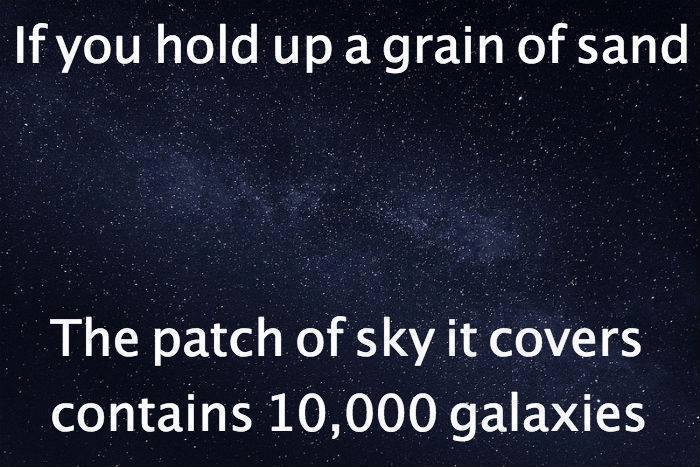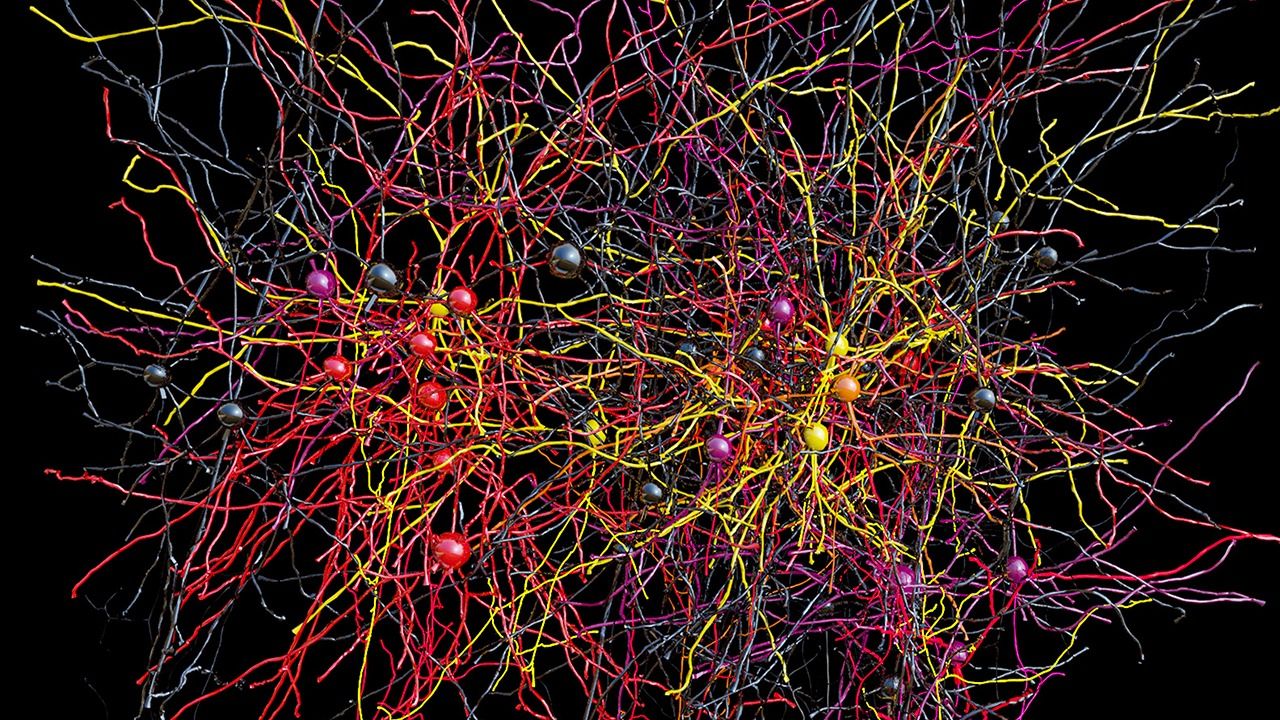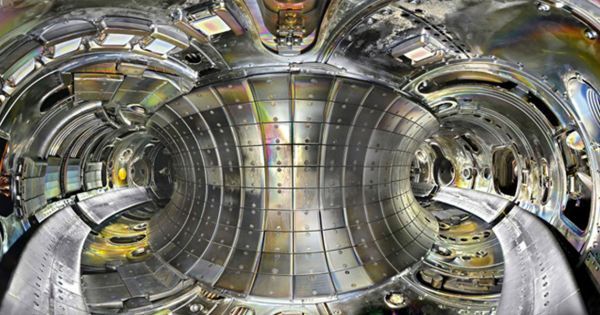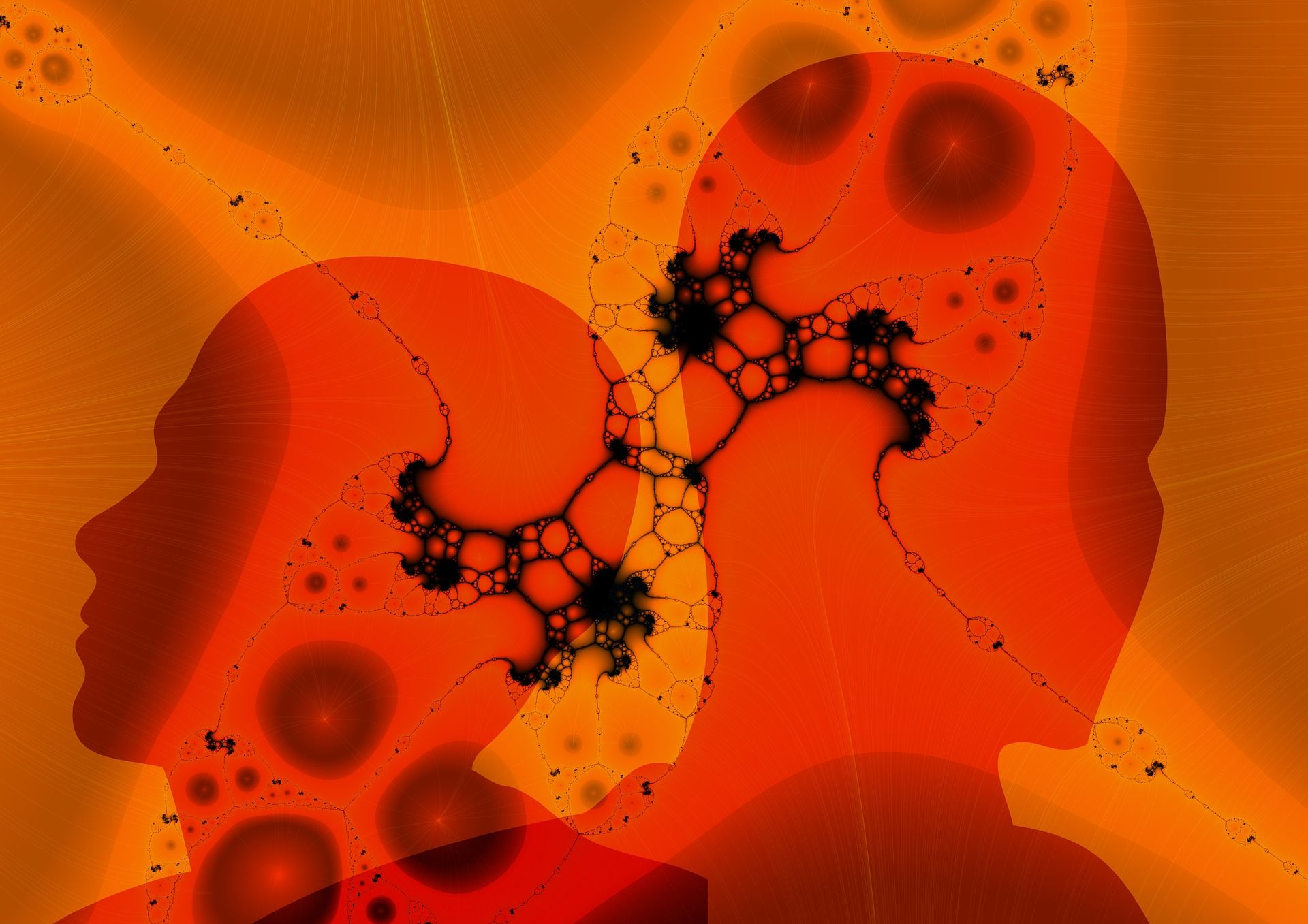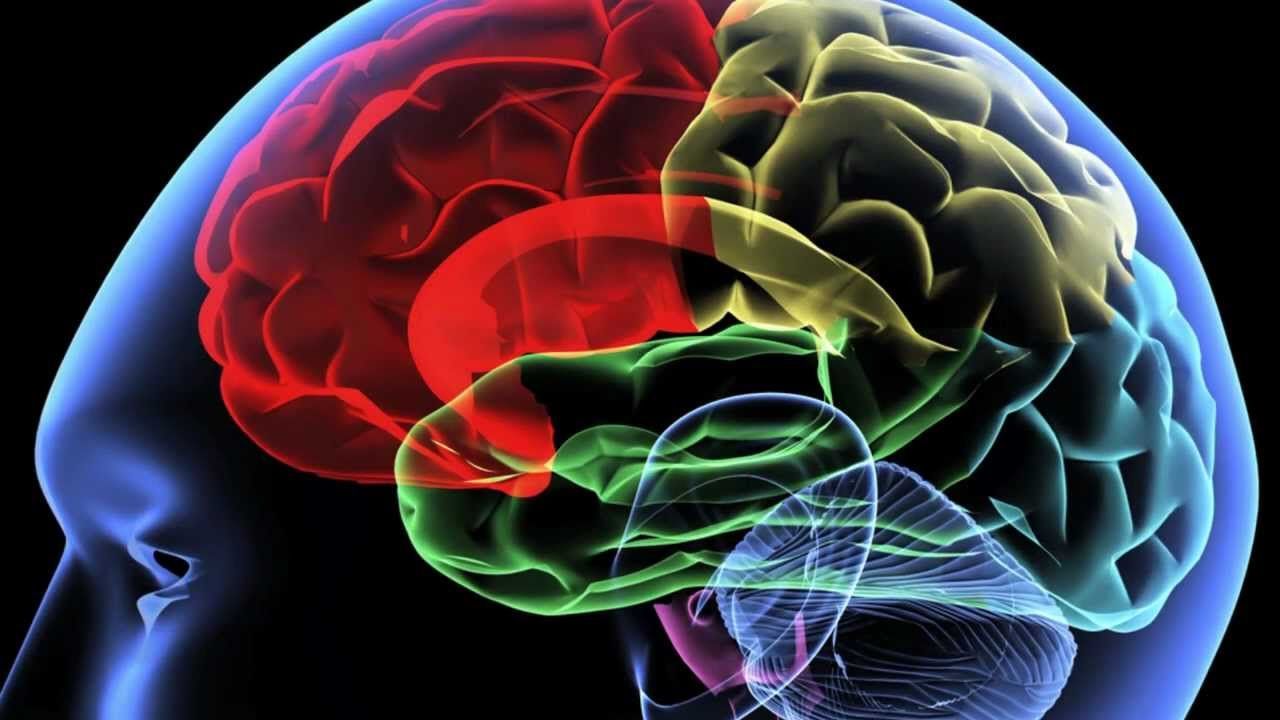According to a series of articles produced by NASA and industry specialists, a lunar base could be built in a few years for just $10 billion.
Quarks To Quasars Photo 3
Posted in particle physics, space
An international team of researchers has developed a new type of metal alloy that could make nuclear reactors safer and more stable in the long term. The new material is stronger and lasts longer than steel.
Scientists have developed a new kind of high quality metal alloy that is suitable to use in building nuclear reactors. While it might not be a metal that has been invented entirely from scratch, it’s only recently that we have been able to produce this kind (this quality) of metal. And it could mean great things for nuclear technologies.
Harvesting Nuclear Power
One of the primary problems with nuclear power is that steel typically only lasts around 40 years before it weakens and becomes too defective to use. High-entropy alloys could be the solution to this current problem, as this material is stronger (and safer) than steel.
Now, we have to truly ask ourselves; when one looks at all of the complexities of the brain and how it interacts with the body such as pathways; and then you look at our existing digital infrastructure and technology how can anyone truly believe that they can mimic the human brain and all of its functions. Not on the existing digital platform, not happening. We need a way more advance platform and infrastructure.
Suppose it’s Thursday night and you’re in bed. Your roommate is talking to you about the football team’s chances for the fall, but just when they predict a Tiger playoff berth, you drift off to sleep.
Enzo Tagliazucchi, a physicist at the Institute for Medical Psychology in Kiel, Germany, might explain why you fell asleep during the conversation by suggesting that your neurons are too disconnected.
In the Journal of the Royal Society Interface, Tagliazucchi and colleagues suggest that there is a specific balance between brain signaling pathways that causes consciousness to arise. The finding is based on six years of research on the neuronal pathways of the brain which prompt the sleep state.


